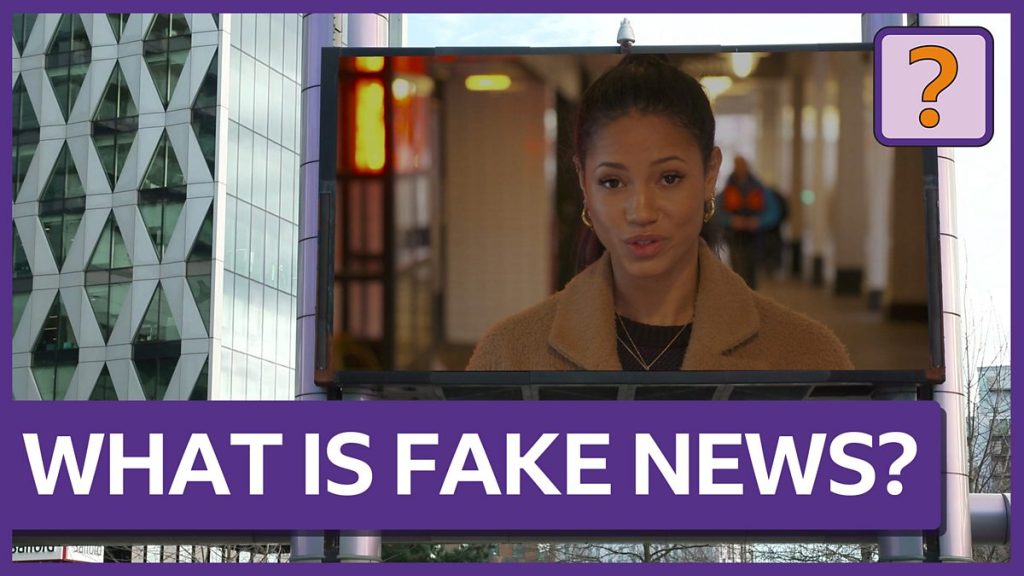The Pervasiveness of Fake News in the Social Media Age
The digital age has ushered in an era of unprecedented information access, with news readily available at our fingertips, 24/7. Social media platforms like Instagram, Facebook, TikTok, and Snapchat have become primary sources of news for many, particularly young people. This constant influx of information, however, comes with a significant challenge: the proliferation of fake news. From celebrity gossip to political developments, the lines between fact and fiction are increasingly blurred, leaving many feeling confused and distrustful of all news. This pervasive issue underscores the urgent need for media literacy and critical thinking skills to navigate the complex digital landscape.
Understanding the Nature of Fake News and Its Impact
Fake news, encompassing both intentional disinformation and unintentional misinformation, takes various forms. Disinformation is deliberately fabricated content designed to mislead, while misinformation refers to inaccuracies spread unintentionally. The consequences of fake news can be far-reaching, affecting individual perceptions, political discourse, and even international relations. The ease with which fake news can be created and shared anonymously online contributes to its rapid dissemination and amplifies its potential impact. This anonymity allows creators to avoid accountability, making it difficult to trace the origins of false narratives and hold those responsible to account.
The Psychology and Motivation Behind Fake News Creation
The motivations behind creating and spreading fake news vary. Financial gain is a common driver, as clickbait headlines and sensationalized stories attract clicks and generate advertising revenue. Propaganda, a long-standing form of fake news, leverages misinformation to influence public opinion and advance political agendas. The internet has significantly expanded the reach of propaganda, empowering individuals and groups to disseminate biased information on a global scale. Satire, while intended for humor, can also be misinterpreted as factual information, further blurring the lines between truth and fiction.
The Challenges of Identifying Fake News and Its Eroding Effect on Trust
Identifying fake news presents a significant challenge, even for seasoned journalists. With sophisticated editing techniques and the ability to manipulate images and videos, discerning real from fake becomes increasingly difficult. This difficulty erodes trust in legitimate news sources, as individuals struggle to differentiate between credible reporting and fabricated stories. The constant exposure to fake news can lead to a sense of cynicism and apathy, making it challenging to engage with important societal issues.
Developing Critical Thinking Skills to Combat Fake News
Combating the spread of fake news requires a multi-pronged approach. Media literacy education plays a crucial role in equipping individuals with the critical thinking skills necessary to evaluate information sources and identify potential biases. Fact-checking websites and organizations provide valuable resources for verifying information and debunking false claims. Social media platforms bear a responsibility to implement measures to limit the spread of fake news, such as flagging suspicious content and promoting credible sources.
The Importance of Responsible Sharing and Media Consumption
Individuals also have a responsibility to be discerning consumers and sharers of information. Pausing before sharing and considering the source and credibility of information are essential steps in preventing the spread of fake news. Engaging with diverse news sources and perspectives can help broaden understanding and counter the effects of echo chambers. By taking a proactive approach to media literacy and critical thinking, we can collectively create a more informed and resilient information ecosystem.


